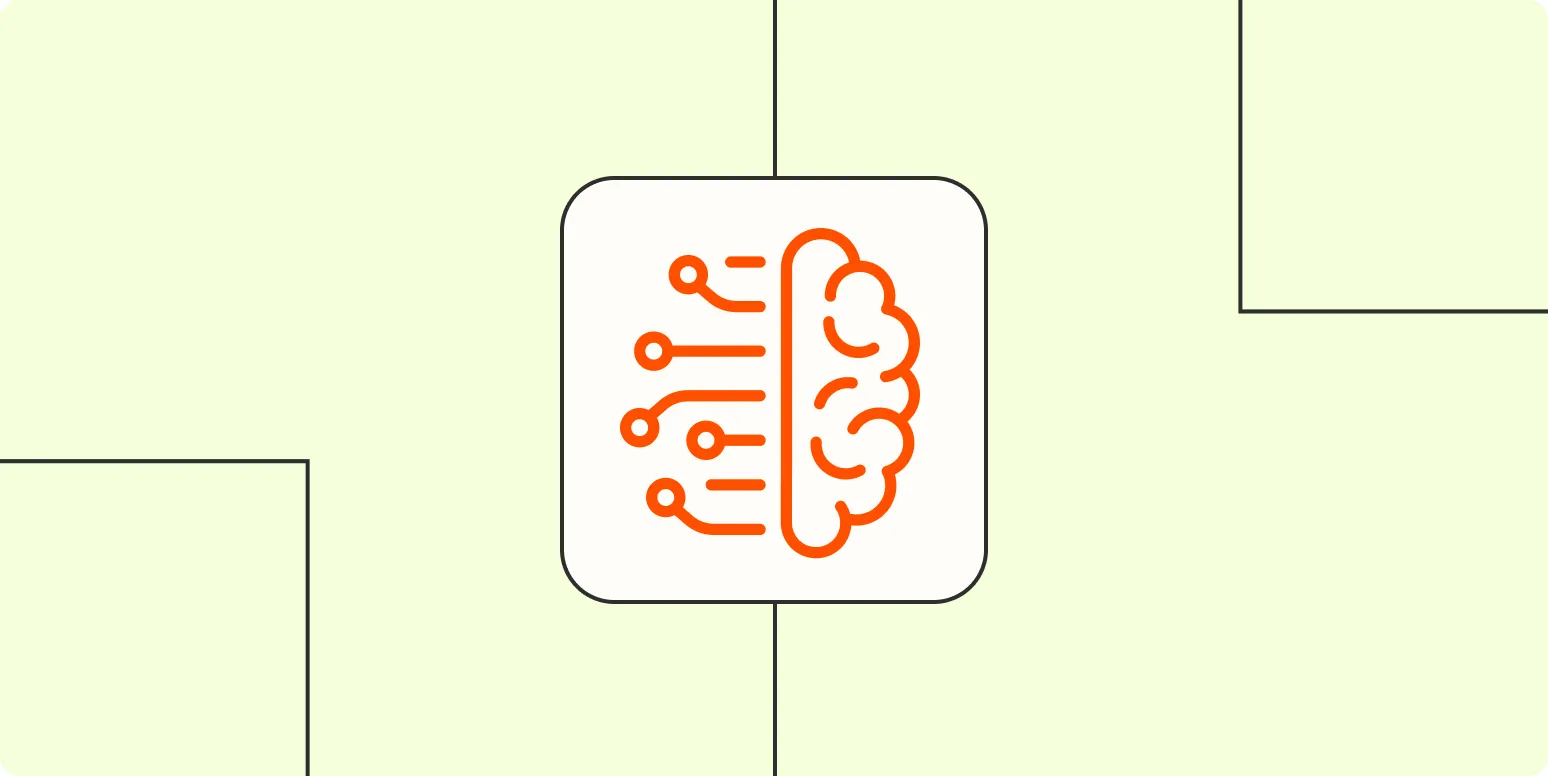AI hallucinations refer to instances when artificial intelligence systems generate outputs that are not based on real data or facts. These outputs can manifest as incorrect information, fabricated content, or entirely unrealistic scenarios, often leading to a decrease in trust and reliability in AI technologies. Understanding AI hallucinations is crucial for developers, researchers, and users of AI systems to ensure more accurate and dependable results.
Understanding AI Hallucinations
AI hallucinations occur primarily because of the way machine learning models are trained. When these models are exposed to vast datasets, they learn patterns and associations. However, if the training data contains biases, errors, or inconsistencies, the AI may 'hallucinate' by producing outputs that deviate from reality. This is particularly concerning in applications such as natural language processing (NLP), image generation, and autonomous systems.
Examples of AI Hallucinations
These hallucinations can take various forms, including:
- Incorrect Text Generation: AI may generate text that sounds plausible but contains factual inaccuracies.
- Imaginary Objects: In image generation, AI might create images that include objects that do not exist in reality.
- Misinterpretation of Context: AI systems may misinterpret the context of a query, resulting in irrelevant or nonsensical responses.
Causes of AI Hallucinations
Several factors contribute to AI hallucinations:
- Data Quality: Poor quality or biased data can lead to misleading outputs.
- Model Complexity: Highly complex models may overfit the training data, making them prone to hallucinations.
- Ambiguous Input: Vague or unclear user queries can confuse AI, resulting in irrelevant or incorrect outputs.
Preventing AI Hallucinations
To mitigate the risk of AI hallucinations, various strategies can be employed. Here are some effective methods:
1. Improve Data Quality
Ensuring that the training datasets are clean, comprehensive, and diverse is essential. Regularly auditing the data for biases and inaccuracies can help enhance the overall quality. This step is crucial for reducing the likelihood of hallucinations.
2. Employ Robust Training Techniques
Utilizing advanced training techniques such as transfer learning or ensemble methods can improve the model's performance. By combining multiple models, you can enhance the accuracy of predictions and minimize the chances of generating hallucinated content.
3. Monitor and Evaluate Outputs
Implementing a robust evaluation framework to monitor the outputs generated by AI systems can help identify hallucinations early. Using metrics that focus on factual accuracy and relevance can help ensure that the AI provides trustworthy information.
4. Enhance User Input Clarity
Encouraging users to provide clear and specific input can significantly reduce the chances of AI misinterpretations. Providing guidelines on how to phrase queries can lead to more accurate outputs.
5. Use Feedback Loops
Incorporating user feedback into the AI model can help refine its understanding over time. When users report inaccuracies, the model can be retrained to avoid repeating the same mistakes, thus reducing hallucinations.
Impact of AI Hallucinations on Applications
The implications of AI hallucinations are significant across various applications:
- Healthcare: Inaccurate outputs can lead to misguided medical advice, potentially impacting patient care.
- Autonomous Vehicles: Hallucinations can result in unsafe driving decisions, jeopardizing passenger safety.
- Content Creation: In the realm of content generation, hallucinations may mislead audiences or spread misinformation.
Conclusion
AI hallucinations pose a substantial challenge in the development and deployment of AI technologies. By understanding the roots of these issues and implementing effective prevention strategies, developers can enhance the reliability and trustworthiness of AI systems. Continuous monitoring, data quality improvement, and user engagement are crucial to reducing the occurrence of hallucinations and ensuring that AI systems serve their intended purpose effectively.
In summary, addressing AI hallucinations is essential for anyone working with artificial intelligence, particularly in fields where accuracy and reliability are paramount. By focusing on data integrity, training methodologies, and user interaction, we can create AI systems that are not only innovative but also dependable.





